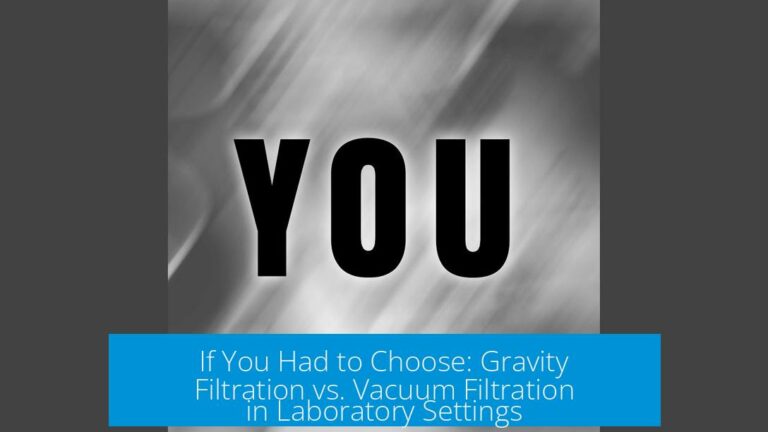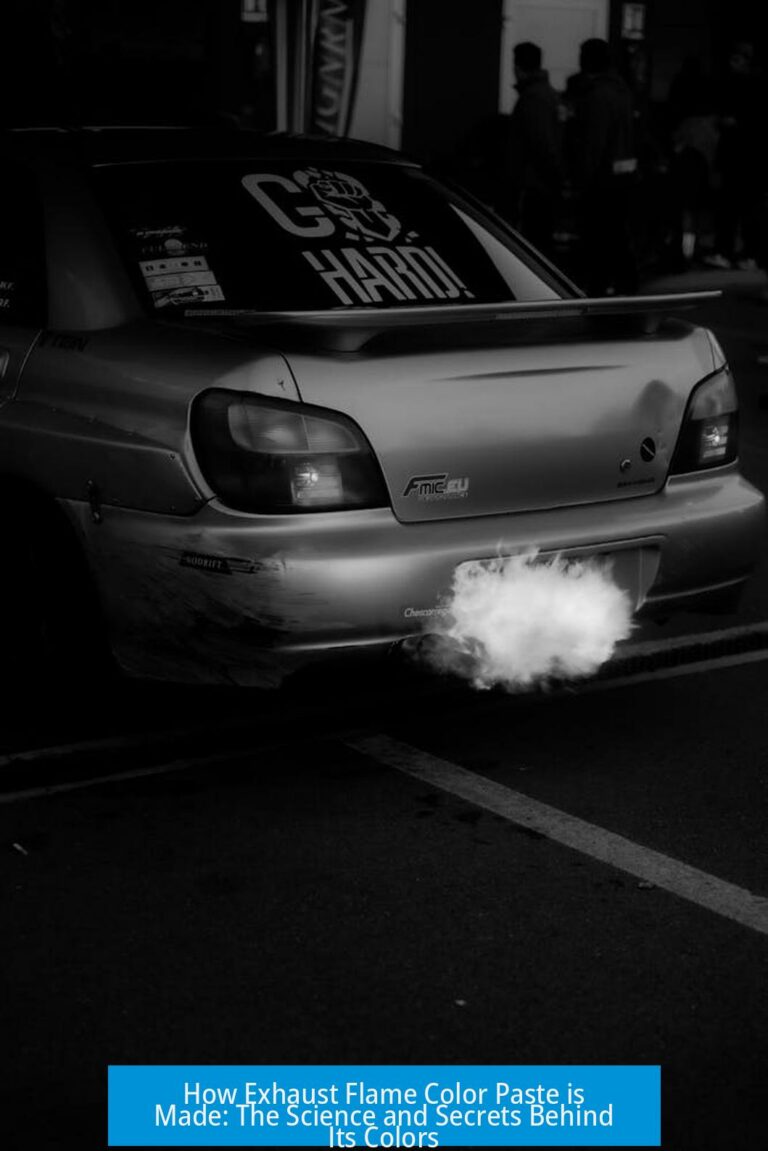Solution for Removing Calcification
The best solution for removing calcification is using citric acid. Citric acid efficiently decomposes calcium carbonate deposits by breaking down carbonate ions. It forms complexes with calcium ions, making them soluble and easier to wash away. This approach balances removal effectiveness with safety, minimizing damage to underlying surfaces or metals.
How Citric Acid Works
Calcification primarily involves calcium carbonate (CaCO3) buildup. Citric acid reacts with CaCO3, causing its breakdown into soluble compounds. The acidic environment dissolves the scale while chelating calcium ions, preventing reformation of deposits. This chemical reaction can be summarized as:
- CaCO3 + Citric acid → Soluble calcium-citrate complexes + CO2 + H2O
This reaction proceeds well at room temperature but accelerates when the solution is heated. Citric acid is also safer on metals such as stainless steel, reducing risks of corrosion or tarnishing compared to stronger mineral acids.
Recommended Uses of Citric Acid
- Household applications: Descaling kettles, coffee makers, and dishwashers.
- Industrial cleaning: Removing scale deposits in pipes and boilers when handled correctly.
- Food-grade cleaning: Safe to use in food preparation equipment where chemical residues must be minimal.
Buy food-grade citric acid in bulk from online sources for cost efficiency. It remains effective for multiple uses, making it a long-lasting descaling option.
Alternatives: Vinegar and Acetic Acid
Vinegar, which contains acetic acid, also serves as a practical solution for removing calcification. High concentration vinegar can dissolve calcium carbonate by similar acidic action. Its advantages and limitations include:
- Effectiveness at dissolving light to moderate scale deposits.
- Widely available household item with no special handling requirements.
- Works faster when heated but slower overall than citric acid.
- Potential residual odors after treatment, unlike odorless citric acid.
Use warm or hot vinegar to speed up descaling processes. For cleaner and faster results, pure acetic acid solutions offer stronger action but need careful handling due to acidity.
Practical Applications of Vinegar and Acetic Acid
- Cleaning coffee brewers and kettles to restore appearance.
- Removing calcium deposits on faucets and showerheads.
- Occasional domestic descaling tasks where mild acid strength suffices.
Using Stronger Acids with Caution
More aggressive acids like hydrochloric acid (HCl, muriatic acid), phosphoric acid, or sulfamic acid quickly remove calcium carbonate. These acids fast-track scale dissolution but introduce risks:
- They can corrode or damage metals, especially sensitive stainless steel.
- Require strict dilution control—undiluted acid can etch surfaces irreversibly.
- Safety equipment like gloves, goggles, and ventilation are essential.
- Thorough rinsing after use prevents residual acid damage.
Despite risks, these acids find use in industrial settings or cases where rapid descaling is required. Phosphoric acid also carries the benefit of passivating metal surfaces, sometimes protecting against further rust.
Recommended Practices for Using Stronger Acids
- Dilute acid appropriately (usually 5-10%) before application.
- Apply to the affected area briefly; avoid prolonged exposure.
- Monitor the reaction closely to prevent damage or over-etching.
- Rinse thoroughly with water immediately after cleaning.
- Neutralize acid residues with baking soda solution if necessary.
Other Acid Alternatives
Lactic acid is occasionally used as a milder descaling agent. It dissolves calcium deposits while maintaining lower corrosiveness. Boric acid and strong nitric acid are generally not recommended for delicate or food-related equipment due to toxicity or corrosiveness concerns.
Commercial descaling products like Dezcal or CLR often consist of blends containing citric acid and other organic acids. They offer effective alternatives with user-friendly formulations, optimized concentrations, and added corrosion inhibitors.
Choosing the Right Descaler
- For delicate equipment (coffee machines, metal utensils), prefer citric acid or commercial blends with citric components.
- For industrial or plumbing applications, phosphoric, sulfamic, or muriatic acid may be justified with proper safeguards.
- Avoid acids that risk damaging the material or introducing hazardous residues.
Safety and Precautions
Using acids to remove calcification demands care and protective measures.
- Wear gloves and eye protection to prevent acid burns.
- Ensure good ventilation when handling volatile acids.
- Use acid-resistant containers and tools to avoid degradation.
- Do not mix different acids or acid with bleach, which releases toxic gases.
- Rinse multiple times with water after treatment to remove all residues.
Avoid using strong mineral acids on unknown alloys or sensitive materials to prevent surface damage. When unsure, test on small inconspicuous areas first or prioritize safer acids like citric acid.
Handling and Disposal
Neutralize acid solutions before disposal using mild bases such as baking soda to prevent environmental harm. Follow local waste regulations for chemical disposal. Store acids securely out of children’s reach.
Summary of Solutions for Removing Calcification
| Method | Description | Advantages | Disadvantages |
|---|---|---|---|
| Citric Acid | Organic acid decomposing calcium carbonate and complexing calcium ions. | Effective, safe for many materials, food-grade available, minimal odor. | Slower reaction than strong acids, requires soaking. |
| Vinegar / Acetic Acid | Household acid dissolving deposits; works better heated. | Cheap, readily available, mild cleaning. | Odor issues, slower than citric acid, less effective on heavy scale. |
| Stronger Acids (HCl, Phosphoric, Sulfamic) | Highly corrosive acids rapidly dissolve deposits. | Fast action, effective for heavy buildup. | Can damage metals, require careful handling, safety gear needed. |
| Commercial Descalers (e.g., Dezcal, CLR) | Blended formulations usually containing citric acid. | Convenient, optimized concentrations, often safe for appliances. | Costlier than home solutions, may contain other chemicals. |
| Lactic Acid | Mild organic acid alternative. | Gentler on materials. | Less common, slower. |
Key Takeaways
- Citric acid is the most recommended solution for effectively and safely removing calcification.
- Vinegar (acetic acid) offers a simple alternative but is slower and less potent.
- Stronger acids like muriatic acid and phosphoric acid work fast but risk surface damage.
- Use appropriate protective gear and dilute stronger acids before application.
- Commercial descalers often contain citric acid and simplify the descaling process.
- Avoid harmful acids like boric or nitric acid for delicate equipment.
- Always thoroughly rinse cleaned items to remove residual acids and prevent corrosion.
What is the best acid to remove calcification safely?
Citric acid is the safest and most effective option. It breaks down calcium carbonate and forms complexes with metal ions, making the calcium soluble without damaging surfaces.
Can vinegar or acetic acid remove calcification effectively?
Yes, vinegar and acetic acid work well for removing calcification. They are especially good for household items and small deposits but may take longer than citric acid.
Are stronger acids like muriatic acid recommended for removing calcification?
Stronger acids like muriatic acid or phosphoric acid remove calcification quickly but can corrode or damage metal surfaces if not used carefully. Dilution and thorough rinsing are necessary.
Are there commercial products recommended for descaling calcification?
Products like Dezcal and CLR, which contain citric acid or similar compounds, are effective and less toxic. They work well on coffee machines and other appliances without harsh chemicals.
Is it safe to use acids like nitric or boric acid for removing calcification?
No, nitric and boric acids are not recommended for delicate equipment. They may cause damage or leave residues, making them less suitable for items like coffee machines.





Leave a Comment